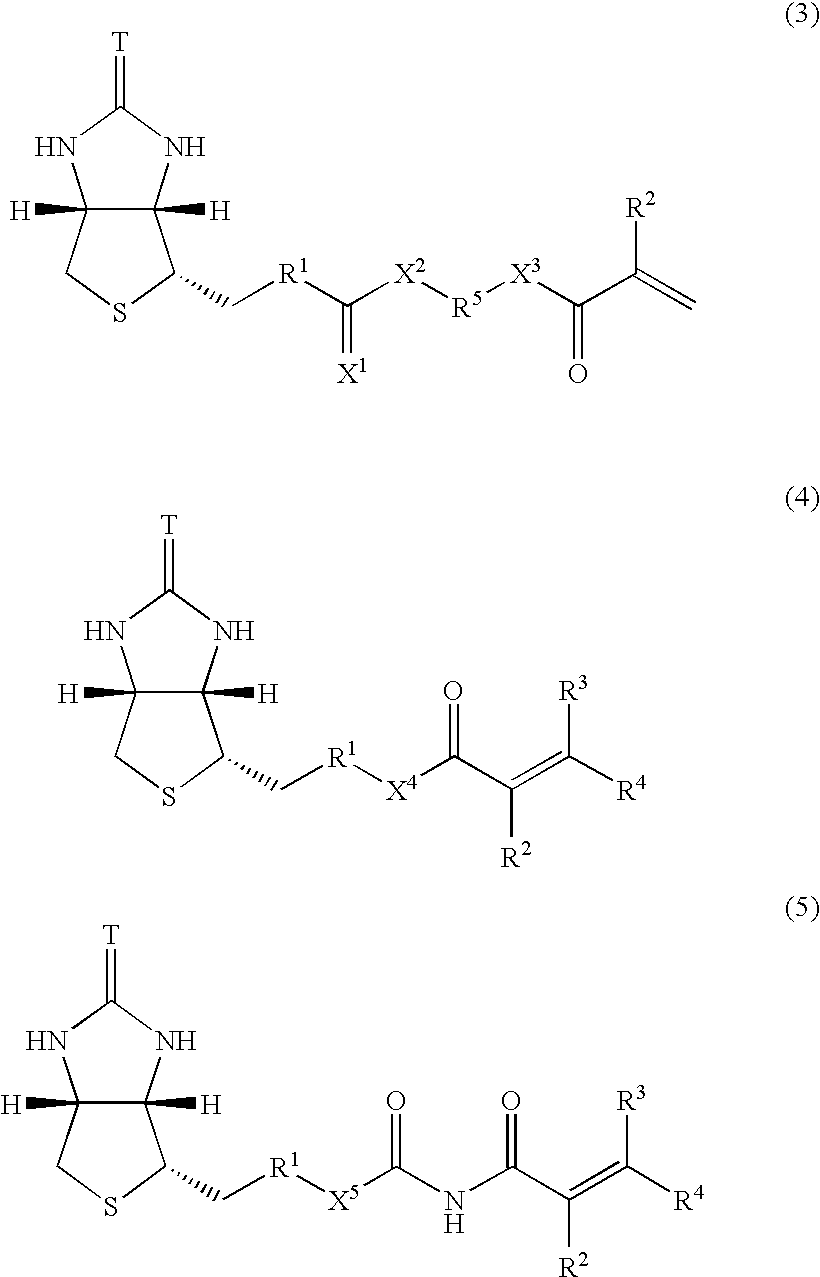Magnetic fine particles having lower critical solution temperature
a technology of critical solution temperature and magnetic fine particles, which is applied in the field of magnetic fine particles having a lower critical solution temperature, can solve problems such as poor versatility
- Summary
- Abstract
- Description
- Claims
- Application Information
AI Technical Summary
Benefits of technology
Problems solved by technology
Method used
Image
Examples
example 1
Preparation of Magnetic Fine Particles
[0074] Magnetic fine particles are prepared according to the following method.
[0075] In a 1 L flask, 83.4 g of ferrous sulfate (heptahydrate) and 10.4 g of sodium nitrite were thoroughly mixed with 500 ml of distilled water, followed by 20 minutes of stirring at 40° C. Thereafter, 125 ml of concentrated ammonia was added thereto and insoluble matter was collected and washed twice with distilled water to obtain magnetite. The resulting magnetite was added to 500 ml of distilled water in a 1 L flask and the temperature of the solution was raised to 80° C. Then, 7.5 g of sodium oleate was added thereto, followed by 20 minutes of stirring at the same temperature. Thereafter, pH of the solution was adjusted to 5.5 and the resulting insoluble matter was collected by filtration and washed twice with distilled water to obtain magnetite having an oleic acid layer. The magnetite was again added into a 1 L flask, 500 ml of distilled water was added, and ...
example 2
Preparation of LCST Magnetic Fine Particles
[0076] Using the above magnetic fine particles, LCST magnetic fine particles were prepared according to the following method.
[0077] Into a 300 ml flask were added 4 ml of the magnetic fine particles prepared in Example 1, 0.488 g of N-isopropylacrylamide, 12.7 mg of N-biotinyl-N′-methacryloyltrimethyleneamide, and 94 ml of distilled water, followed by thorough stirring at room temperature. Thereto was added 0.1 g of potassium persulfate, followed by 6 hours of stirring at room temperature. The resulting solution was dialyzed for one day and night to obtain a solution of LCST magnetic fine particles to which biotin was immobilized.
[0078] The lower critical solution temperature (LCST) of the resulting solution was measured to be 31° C. The LCST hardly changed in a physiological saline and in 100 mM phosphate buffer (pH 7.0). In this connection, the LCST was measured using transmittance of visible light.
example 3
Separation of Avidin from Aqueous Solution
[0079] In a test tube, 50 μl of the solution of LCST magnetic fine particles obtained in Example 2, 50 μl of 1.0% avidin solution, 100 μl of 1.0 M sodium phosphate buffer (pH 7.0), and 800 μl of distilled water were thoroughly mixed and then the temperature of the solution was raised to 31° C. or higher. The aggregate was recovered with neodi-magnet (4300 G), and 100 μl of the supernatant was taken out and subjected to denaturation treatment with sodium dodecyl sulfate (SOS). Then, disappearance of the band corresponding to avidin in the supernatant was confirmed by SDS-polyacrylamide gel electrophoresis (SDS-PAGE).
PUM
| Property | Measurement | Unit |
|---|---|---|
| particle size | aaaaa | aaaaa |
| particle size | aaaaa | aaaaa |
| size | aaaaa | aaaaa |
Abstract
Description
Claims
Application Information
 Login to View More
Login to View More - R&D
- Intellectual Property
- Life Sciences
- Materials
- Tech Scout
- Unparalleled Data Quality
- Higher Quality Content
- 60% Fewer Hallucinations
Browse by: Latest US Patents, China's latest patents, Technical Efficacy Thesaurus, Application Domain, Technology Topic, Popular Technical Reports.
© 2025 PatSnap. All rights reserved.Legal|Privacy policy|Modern Slavery Act Transparency Statement|Sitemap|About US| Contact US: help@patsnap.com



